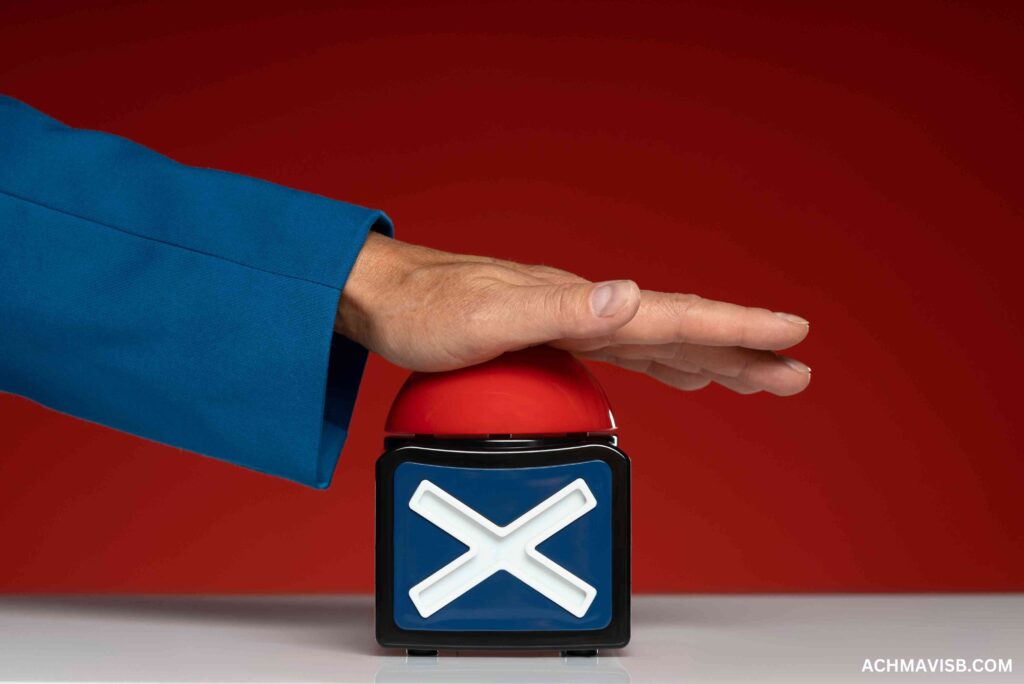Rounding mL in an Oz NAPLEX 30: A Comprehensive Guide

Have you ever found yourself in a situation where you needed to convert milliliters to ounces but weren’t quite sure how to round those numbers accurately? When it comes to the NAPLEX (North American Pharmacist Licensure Examination), specifically question 30, knowing how to round mL to ounces is essential. Whether you’re a pharmacy student, healthcare professional, or just a curious individual, this guide will walk you through everything you need to know about rounding mL in an Oz for NAPLEX 30.
Table of Contents
ToggleIntroduction to Rounding mL in Oz Naplex 30
Conversions in pharmacy often seem daunting, but it doesn’t have to be that way. One of the most common and crucial conversions you’ll face on the NAPLEX is converting milliliters (mL) to ounces (Oz). Understanding how to round these conversions correctly can make the difference between passing and failing key questions like NAPLEX 30. Let’s break down why this specific conversion matters and how to approach it in a clear, concise way.
Why Rounding Matters in NAPLEX 30
Why is rounding so important? Think about this: in the medical field, precision is key. A small error in calculation could lead to over- or under-dosing a medication, which could have serious consequences. On the NAPLEX, examiners are looking to test your ability to think critically and handle such precise conversions. Rounding helps ensure that doses are safe and accurate, whether you’re preparing medication for a patient or answering an exam question.
What is the Rounding mL in an Oz NAPLEX 30 ?
Before diving deeper into conversions, let’s briefly discuss what Rounding mL in an Oz NAPLEX 30 refers to. NAPLEX, or the North American Pharmacist Licensure Examination, is a critical step for anyone looking to become a licensed pharmacist in the U.S. Question 30 on this exam typically deals with dosage calculations, making it essential to understand conversion formulas and rounding techniques, especially for mL to Oz.
Basic Conversion: mL to Ounces
The first step in mastering this topic is to get a grip on the basic conversion between milliliters and ounces. The general conversion formula is:
1 ounce (Oz) = 29.5735 milliliters (mL)
However, you don’t need to memorize this exact number down to the decimal places. For most practical purposes and for NAPLEX questions, it’s safe to use:
1 ounce = 30 mL
This simplified conversion is commonly accepted in both clinical settings and exams. But remember, rounding can vary based on the specific instructions of the question.
Rounding Rules: How Does It Work?
Rounding is more than just picking the nearest number. There are specific rules that help you determine when and how to round:
- Round up if the number after the decimal is 5 or higher.
- Round down if the number is less than 5.
For example, if you’re converting 1 ounce to mL and the result is 29.5735, you’d round up to 30 mL since 0.5735 is higher than 0.5. These simple rules can help you avoid mistakes on the Rounding mL in an Oz NAPLEX 30.
Common Errors in Rounding

Everyone makes mistakes when they first start converting and rounding. One common error is failing to recognize whether you should be rounding up or down. Another mistake is using the wrong conversion formula, such as mixing up imperial and metric systems. To avoid these errors, always double-check your work, especially under exam pressure.
Step-by-Step Example of Rounding mL to Oz
Let’s walk through a practical example to see how rounding mL to ounces works.
Example: You have 90 mL of a liquid, and you need to convert this to ounces.
- Step 1: Use the conversion formula: 1 Oz = 30 mL.
- Step 2: Divide 90 mL by 30 mL to get 3 ounces.
- Step 3: Since 90 mL is exactly 3 ounces, there’s no need for rounding.
Now, let’s try another example where rounding is required:
Example: Convert 75 mL to ounces.
- Step 1: Divide 75 mL by 30 mL: 75 ÷ 30 = 2.5 ounces.
- Step 2: Since 0.5 is exactly in the middle, round up to 3 ounces.
Following these steps ensures that you’re rounding correctly and avoiding mistakes.
Practical Application for Pharmacists
In your daily role as a pharmacist, you’ll often encounter situations where rounding is necessary. Imagine preparing a prescription where the dosage is calculated based on body weight, and the result isn’t a perfect round number. Knowing how to convert and round between mL and ounces quickly and accurately is essential for ensuring patient safety.
Importance of Precision in Healthcare
Precision in healthcare can’t be overstated. A minor rounding error might not seem like a big deal, but when it comes to medication dosing, small differences can have significant consequences. A precise understanding of rounding and conversion ensures that patients receive the correct dose, which directly impacts their treatment outcomes.
Tools and Resources for Accurate Rounding
Luckily, there are several tools available to help you with rounding and conversions:
- Conversion charts: Handy tools that list common conversions between mL and ounces.
- Online calculators: Many websites offer free mL to Oz calculators that do the heavy lifting for you.
- Mobile apps: Several apps are designed specifically for pharmacists and healthcare professionals, offering instant conversion results.
NAPLEX Preparation Tips
Preparing for the NAPLEX requires more than just memorizing formulas. You need to practice applying these conversions under timed conditions. Use NAPLEX prep books, online resources, and practice questions to hone your skills. And don’t forget to focus on understanding when to round up or down, as this will often make the difference between a correct and incorrect answer.
How to Handle Trick Questions
Exams like the NAPLEX often throw in trick questions that test your ability to think critically. For example, a question might ask you to round mL to ounces, but add an extra layer by providing a complex fraction. In these cases, stay calm, apply the conversion formula, and follow the rounding rules we’ve discussed.
Beyond the NAPLEX: Real-Life Applications

While the NAPLEX is important, understanding how to round mL in Oz is a skill that extends far beyond the exam. In clinical practice, you’ll frequently encounter situations where quick and accurate conversions are needed. Whether you’re measuring liquid medications or preparing IV fluids, this skill will serve you well throughout your pharmacy career.
Final Thoughts on Rounding mL in Oz
Rounding mL in Oz for the NAPLEX, particularly question 30, is a critical skill that ensures accuracy and safety. By mastering the basics of conversion, understanding the rounding rules, and practicing with real-life examples, you’ll be well-prepared to tackle this topic on the exam and in your professional life.
FAQs on Rounding mL in an Oz NAPLEX 30
1. What is the formula to convert mL to ounces?
The general formula is 1 ounce = 29.5735 mL. For most practical purposes, it’s simplified to 1 ounce = 30 mL.
2. How do I know when to round up or down?
If the number after the decimal is 5 or higher, round up. If it’s less than 5, round down.
3. Are there any tools to help with rounding mL to ounces?
Yes, there are conversion charts, online calculators, and mobile apps available to assist with rounding and conversions.
4. Why is rounding important for the NAPLEX?
Rounding ensures accuracy in medication dosages, which is crucial for patient safety. The NAPLEX tests your ability to apply these skills in real-world scenarios.
5. Can I use the simplified conversion (1 oz = 30 mL) for all NAPLEX questions?
Yes, in most cases, the simplified conversion is acceptable. However, always check if the question specifies a more precise conversion.
By mastering these skills, you’ll be well on your way to acing NAPLEX 30 and confidently handling similar tasks in your pharmacy career!



